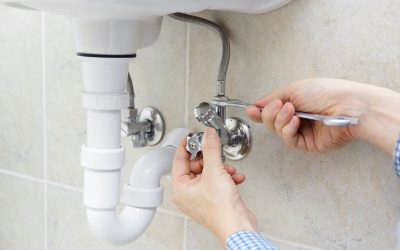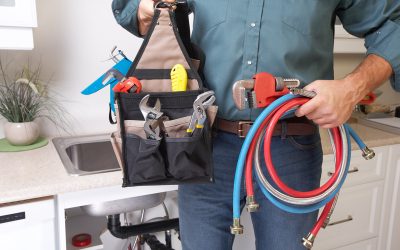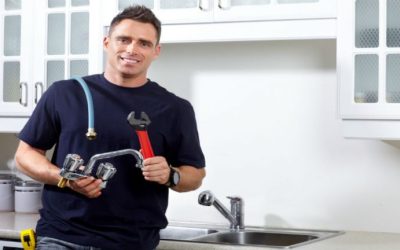Outdated plumbing in an old house can start to cause problems, so buyers of a home that is many decades old may want to hire a Residential Plumbing contractor to evaluate the system. Plumbers will inspect the network of pipes bringing fresh water in and sending wastewater out. They check all the fixtures and determine what condition those are in.
Before the new household residents start putting significant demands on this old plumbing, they’ll want to have upgrades done where recommended. They also may want to have major changes made.
Shower Installation
Many old houses do not have a shower, for instance. In generations past, people were accustomed to not having indoor plumbing, so they washed up at the outside pump and did their best to bathe inside with a big washtub. With the advent of indoor plumbing, a bathtub was a distinct luxury. The concept of a shower was not so common.
A Second Full Bathroom
The basement might have a toilet and sink, which were added at some point to create a half-bath of sorts. This might be a place where upgrades to Residential Plumbing could include a second shower in the home. These days, many people prefer houses to have more than one full bathroom for the added convenience and privacy. Parents then don’t have to share their master bathroom with the kids unless overnight guests arrive. During their stay, guests can have their own space.
Kitchen Sink Upgrades
The new residents may want to have a contractor like Plumbing In Pink install a garbage disposal and have a double sink replace a single-bowl model in the kitchen. Faucets and handles that have not been changed since the home was built also can be upgraded.
Pipe Replacement
The plumbers may recommend having some metal pipes replaced with PVC material, a type of plastic. Galvanized steel, for instance, has been coated with zinc on the outside to prevent rust. Unfortunately, that still leaves the steel vulnerable to corrosion on the inside. This is a common problem in homes that aren’t even all that old, such as those built in the 1950s and 1960s. You can also visit them on Twitter for more information.



